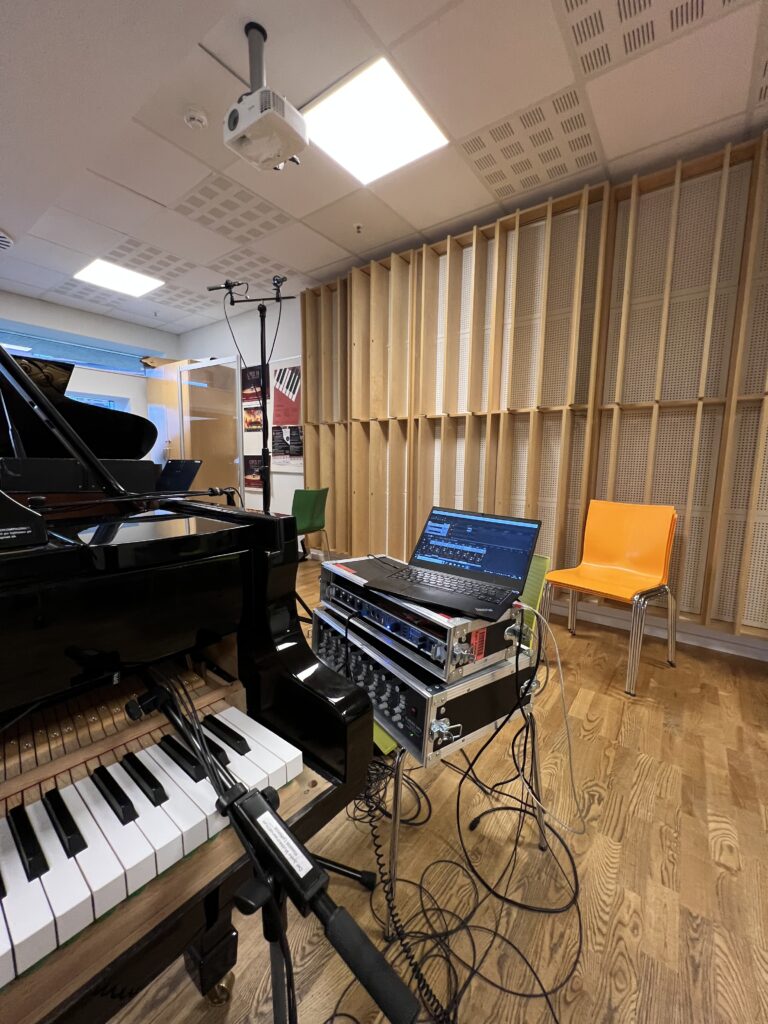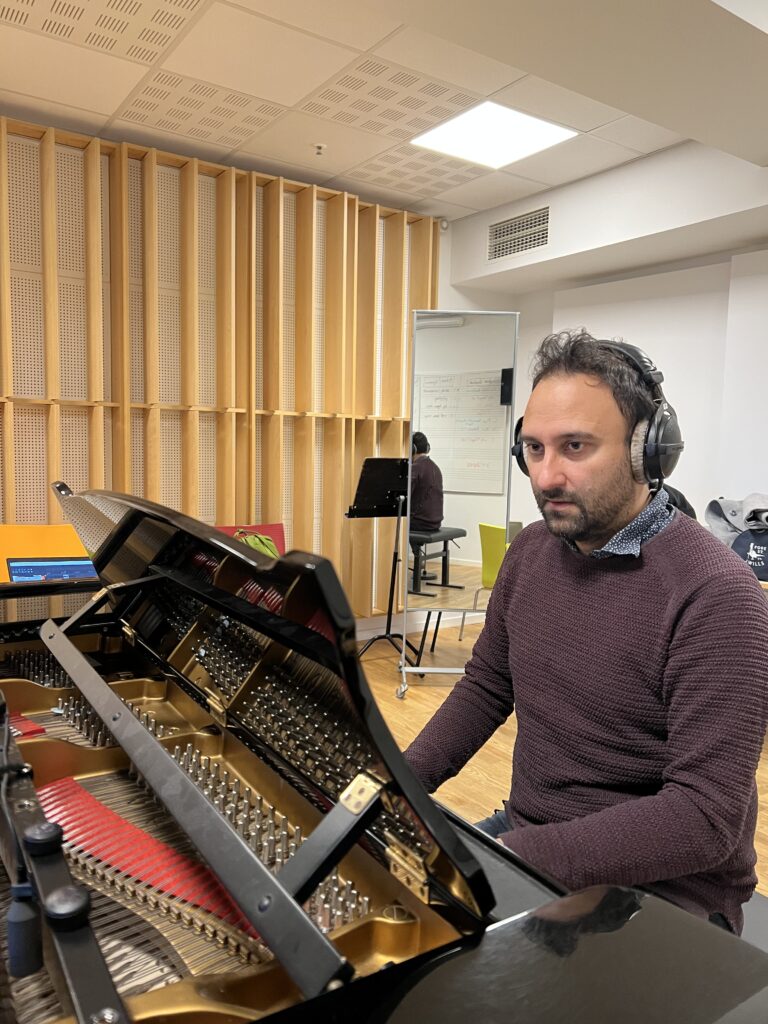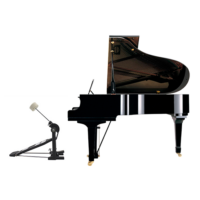In crafting an interpretation, performers often oscillate between analytical and holistic approaches.
Analytical and Holistic Strategies
Analytical strategies entail meticulous examination of specific musical elements like articulation or phrasing, emphasizing precision and control. This aligns with what cognitive scientists refer to as ‘slow thinking,’ requiring deliberate, conscious processing. Conversely, holistic strategies involve infusing a musical passage with narrative imagery or inspirational motifs, inviting performers to channel their intuition and creativity. This mode of interpretation embodies ‘fast thinking,’ facilitating a fluid and intuitive connection with the music (Kahneman, 2011).
An analytical interpretation can yield sharp insights but may risk bogging down the performance with the demands of control. In contrast, a holistic interpretation fosters a natural flow, although it may occasionally veer into clichés. In the following experiment, we combine these two approaches to navigate between the depths of analytical scrutiny and the liberating embrace of holistic inspiration.
Brahms x Six
In this experiment, Søren Rastogi created six different interpretations of the first movement of Brahms Opus 119. The interpretations combined analytical elements such as systematically varying microphone positions, tempo patterns, and articulation with holistic understandings of each interpretation’s emotions and narrative.
The Systematic Process
As part of the systematic process, Søren invented six different tempo patterns, involving fluctuations within relatively short musical passages, and applied them systematically to the music’s phases. The tempo patterns were inspired by the traditional “roll,” where a phrase is initiated with a small accelerando and closed with a similar ritardando, common in classical music. This typical tempo pattern was transformed into six different approaches: static, the roll, the reversed roll, a gradual increase in tempo, a gradual decrease in tempo, and an irregular tempo. Each of these was applied to each version.
Simultaneously, Søren investigated the use of microphones in the recording process. The starting point was an exploration of the hidden sounds within the piano, such as the noise of dampers, hammers, and pedals. These sounds are clearly perceived by performers but often suppressed in recordings by placing the microphones at a distance. He decided to work with real-time feedback of these microphones using headphones, as rhythmic musicians typically do in the recording process. This opened up a range of timbral possibilities and allowed him to create large contrasts depending on how he balanced the different microphones. Different microphone positions were added to each of the six interpretations.



The Holistic Inspiration
While working with the tempo patterns and different microphone setups, a need for articulation, expression, and traditional meaning emerged. Through a trial-and-error process, different narratives, expressions, and articulations were applied to the various microphone positions and tempo patterns to find a meaningful match. The result is listed here:
| Interpretation | Microphone | Tempo-pattern (phrase) | Articulation | Emotion | Narrative |
| 1. | (No headphone) | Steady tempo | Total pedal | Divine ecstasy | New shores (Return of the king in Lord of the Ring) |
How to read: Interpretation no. 1: The static quality is derived from the steady tempo, combined with extensive use of the pedal, and played with a feeling of static ecstasy. This interpretation is inspired by the ending of Tolkien’s The Lord of the Rings, where the main characters arrive at a paradisiacal land beyond time and physicality.
| Interpretation | Microphone | Tempo-pattern (phrase) | Articulation | Emotion | Narrative |
| 2. | Hammer and overhead | Speed up slow down | Pedal for harmony/structure | Being in love | Relationship with a close friend/partner |
| Interpretation | Microphone | Tempo-pattern (phrase) | Articulation | Emotion | Narrative |
| 3. | Only hammer | Gradually slower | Correct slurs with help from pedal | Memory of love | Relationship from the past |
| Interpretation | Microphone | Tempo-pattern (phrase) | Articulation | Emotion | Narrative |
| 4. | Only tangent | Slow down speed up | Separation(somewhat) | Subdued aggression, grief, despair | Denial of a tragic event, can’t cope |
| Interpretation | Microphone | Tempo-pattern (phrase) | Articulation | Emotion | Narrative |
| 5. | Only tangent | Irregular tempo | New slurs | Confusion . Randomness, but close to normality (AI) | “This is wrong”, Uncanny valley |
| Interpretation | Microphone | Tempo-pattern (phrase) | Articulation | Emotion | Narrative |
| 6. | Hammer and tangent only right side | Gradually faster | New slurs | Cold/ no nonsense | “Like and subscribe” |
It’s important to stress that the results are not to be seen as a general rule of which expression a given tempo pattern or articulation might support. The results are case-sensitive, depending not only on the music but also on the musician performing the music.
Recording and Refining the Interpretations
Each of the six versions was recorded separately, with a series of repeated “takes.” The typical process involved initially focusing on mastering the specific parameters, such as tempo patterns and articulation, but only becoming satisfactory when the emotional and narrative ideas were included. The goal was always to stay relatively close to a traditional version, although many might not perceive it as such.
Postproduction and Digital Effects
After recording the six versions, Søren, together with Merlyn Perez-Silva, experimented with adding digital effects to highlight the emotional and narrative elements. This opened up a vast field of possibilities, with the power to completely transform the recordings. An extreme example is the following version, where Merlyn gradually lets a distortion filter take over the piece until no piano remains.
In the end, they decided on some digital effects in the postproduction of versions 1, 2, 5, and 6.
Postscript
During this process, an experience emerged that we have often seen over the course of the project: a new interpretation often feels meaningful when it includes precise ideas of detailed elements (tempo patterns, articulation, dynamics) along with overarching emotional or narrative elements. This dual approach, combining analytical and holistical strategies, makes it easier to work in new directions while still searching for coherence and the artistic bond between detail and whole. It’s quite fascinating to see how the combination of analytical precision and holistic inspiration makes each interpretation unique.
Working with distinctly different versions of the same piece is a rewarding yet challenging endeavor. It pushes against the boundaries of traditional classical music training, encouraging a more expansive view of interpretation. The process raises intriguing questions, not only artistically but also practically. For instance, what should the individual tracks be called in a potential release? Each interpretation is Brahms: Op. 119 No. 1, yet they are also much more than that. Assigning a suggestive title based on the emotional-narrative ideas, such as “New Shores,” could provide meaningful context and enhance the listener’s experience. However, this approach also presents a dilemma: how to balance the integrity and recognition of Brahms’s original work with the new layers of interpretation we have added.
